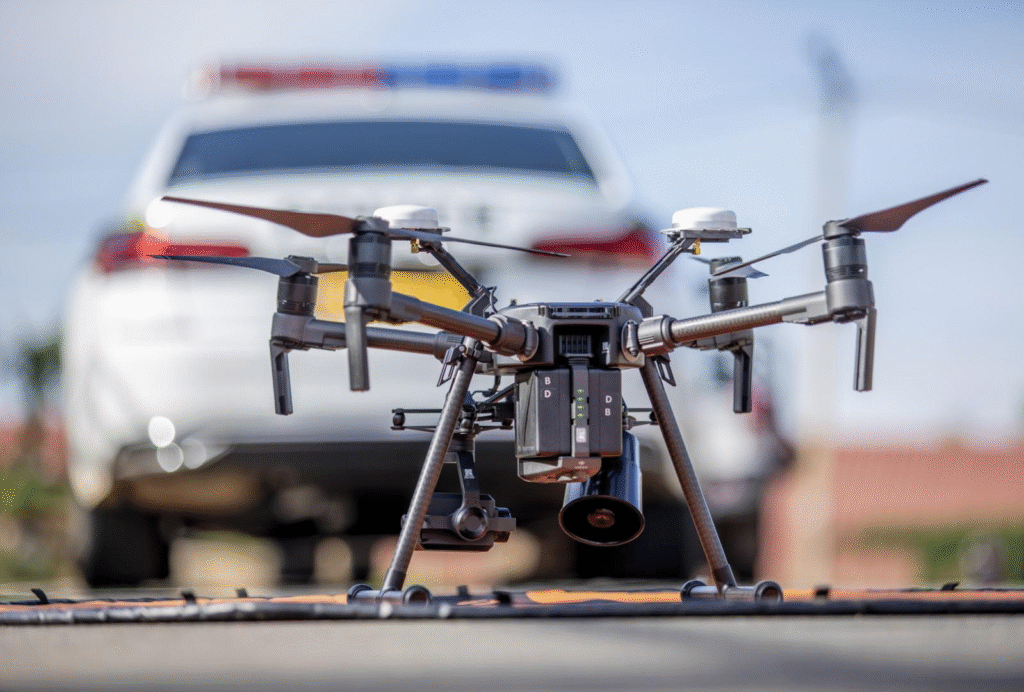Rwanda has increasingly involved unmanned aerial vehicles (UAVs) in military operations across the region—most notably in Mozambique and the eastern Democratic Republic of the Congo (DRC). These drone deployments have enhanced battlefield intelligence, supported combat operations, and fueled concern from neighboring states and international observers over sovereignty and escalation risks.

🚁 Mozambique Deployment: Drone-Enabled Counterterror Efforts
In mid-2021, Rwanda dispatched a 1,000-strong joint task force—including military and police units—to Mozambique’s Cabo Delgado province to help suppress Islamist insurgents. The terrain, dense with forests and mined routes that made ground movement hazardous, challenged conventional operations. In response, Rwanda explored obtaining Turkish-made drones—such as Bayraktar TB2 or STM KARGU kamikaze systems—to provide aerial surveillance and close support from above. These systems promised to reduce human casualties and offer precise targeting in challenging environments. By late 2021, Rwanda had reportedly ordered at least a dozen drones, positioning them as critical tools in the campaign.
👁️ DRC Conflict: Drone Support in the M23 Offensive
In eastern DRC, since 2022, drone use has become a game-changer in the ongoing conflict involving the M23 rebel movement. UN experts have linked Rwanda’s provision of armed UAVs—likely Turkish Bayraktar TB2s—to enhanced M23 offensive capabilities. Surveillance drones have helped identify FARDC (Congolese army) positions and relay real-time targeting information. In turn, M23 forces have seized major towns such as Goma and Bukavu.
A UN inquiry documented repeated use of surface-to-air missile systems and electronic warfare deployments—Rwanda allegedly provided command systems and integrated GPS jamming units near North Kivu to disrupt the Congolese air operations. These jamming systems were deployed at locations including Kamembe Airport (a known base for RDF drone operations), complicating civil and humanitarian flights.

🎯 Tactical Impacts and Strategic Outcomes
Drone integration has significantly shifted the balance in eastern DRC. According to Lawfare and UN oversight, M23’s newfound precision-strike capability—facilitated by UAV reconnaissance—has enabled sustained advances that were unimaginable in the group’s prior insurgent campaigns (2012–2013). This combination of intelligence, targeting, and air support permitted the capture of strategic locations like Goma within days.
The UN and other international bodies accuse Rwanda of exercising direct tactical command over M23, including decisions on deployment, territorial control, and drone targeting. Analysts find credible the claims of “command-and-control” over rebel operations, in part due to extensive drone-supported missions coordinated by Rwanda.
🛰️ Electronics and Electronic Warfare
Rwanda’s involvement extends beyond drones to include electronic warfare systems. A UN Group of Experts report confirmed that GPS spoofing and jamming were used—leveraging RDF-deployed systems to interfere with MONUSCO UAVs and suppress Congolese navigational systems. In one incident, a UN-operated drone was forced off course and crashed after experiencing jamming near North Kivu.
These capabilities reportedly stem from installations deployed on high-ground near Goma and operational zones, evidencing Rwanda’s sophisticated and layered use of drone and EW assets.
⚖️ Rwanda’s Public Position and Regional Reaction
Officially, Kigali has denied supporting M23 and rejected allegations of violating sovereignty in DRC. In 2024, Rwanda publicly opposed UN proposals to deploy surveillance drones in eastern DRC, citing concerns that the region would become a testing ground for foreign intelligence systems.
However, the same UN experts and Western diplomats raised alarms over Rwanda’s drone capabilities and accused it of facilitating rebel drone operations. They have documented dozens of drone-supported strikes and intelligence-sharing networks believed to be coordinated through RDF assets.
🧠 Institutional Impact and Regional Military Posture
Rwanda has also moved to create domestic drone infrastructure to support innovation and long-term military integration. By 2026, the country plans to complete a national Drone Operation Centre in Huye District, backed by Rwf13.4 billion in funding from the French Development Agency. The centre is intended to host testing, prototyping, and operations of drones of all sizes—an indicator of Rwanda’s ambition to become a regional UAV hub. The first tranche of Rwf2.3 billion was budgeted for 2024/25.
This center aims to formalize UAV training, regulation, and industrial R&D—possibly aligning Rwanda to export drone hardware, software, or services within East Africa. Given existing military deployments and reconnaissance capabilities, such infrastructure solidifies Rwanda’s strategic UAV posture.


